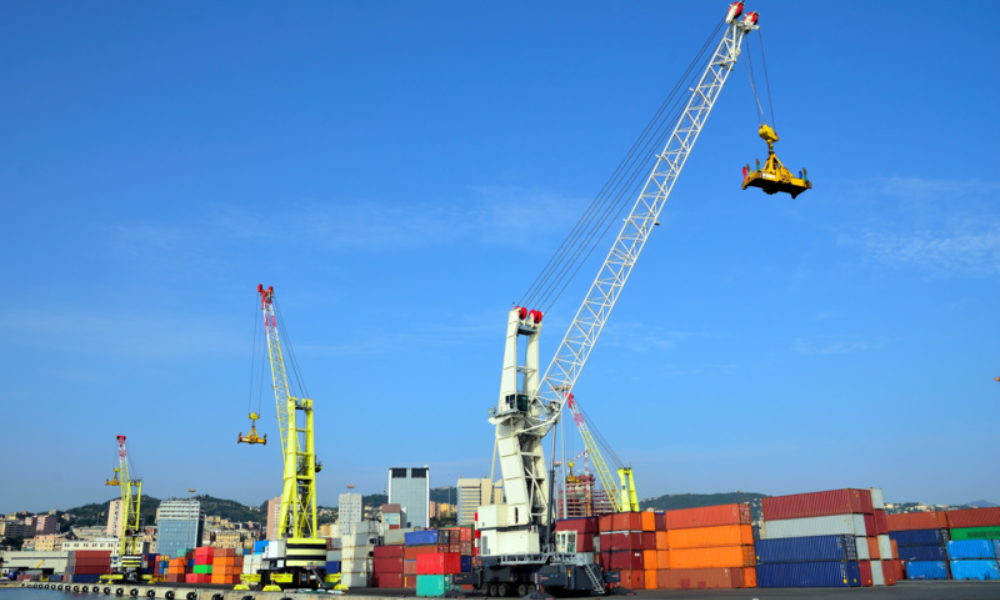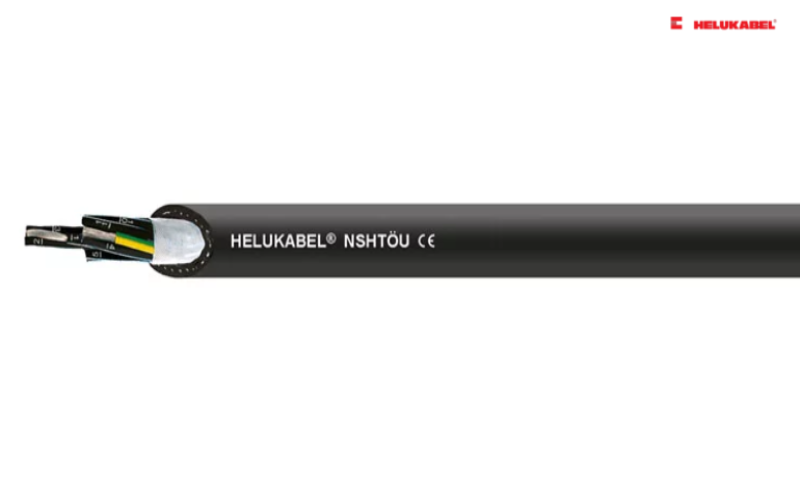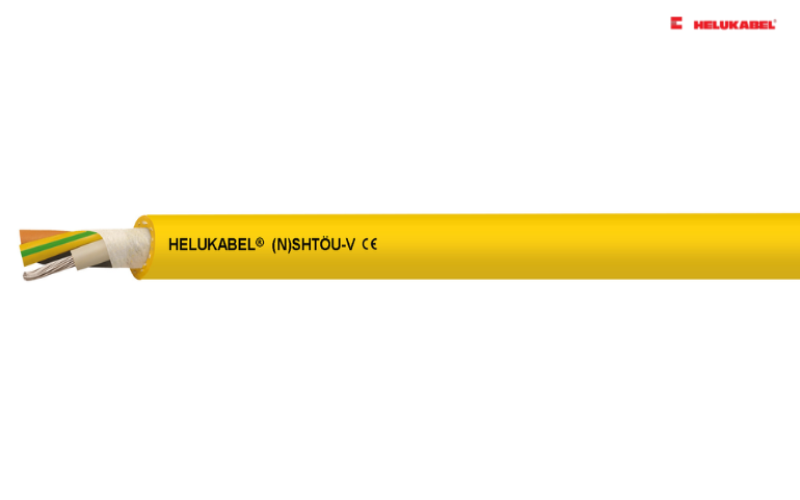Reeling cables from Germany are designed for specialized environments, offering high durability and ensuring maximum performance.
1. What are reeling cables?

Reeling cables are specialized electrical cables designed to supply power to moving machinery in industries such as mining and coal. These cables are engineered to maintain a continuous power connection as machinery moves, preventing disconnection from the power source. Reeling cables are crucial in various industrial applications, including equipment like shovels, drills, tractors, and conveyors. The high demands of winding and unwinding, coupled with harsh operating conditions, require these cables to be robust in both material and design.
2. How are reeling cables constructed?

The construction of reeling cables varies significantly depending on the application. A critical design factor is the type of forces and mechanical loads the cable will endure in practice, such as abrasion, tension, or torsion. All components used, from copper strands and optical fibers to core insulation and sheathing materials, are specifically chosen for the intended application.
Abrasion is a common challenge that trailing, reeling cables face. Therefore, the sheath materials must be highly durable. Plastics like polyurethane or special rubber compounds such as neoprene are particularly well-suited for this purpose. These materials are also resistant to various oils, greases, acids, solvents, chemicals, and weathering.
To handle extremely high tensile forces, especially in vertical applications, special design elements are often incorporated, such as internal strain relief made from aramid or textile fibers, or external strain relief using flexible steel cables. For cables subjected to significant torsional stress, torsion protection braids are used. These braids can be made from textile or plastic threads embedded between the inner and outer sheaths.
3. HELUKABEL’s different types of reeling cables
Reeling cables are available in a variety of designs. A distinction is generally made between five different areas of application:
3.1 Reeling cables
This term refers to all cables that are wound and unwound using a drum. These cables are commonly used in crane and conveyor systems. Another well-known application is charging cables for electric vehicles, which are rolled up inside the charging case when not in use.
When coiled, the cable is well protected from external influences and damage by the drum. However, the repeated winding and unwinding subjects the cable to significant stress from tension, torsion, and abrasion. As a result, durable materials and robust designs are crucial.
Some types of reeling cables from HELUKABEL: NSHTÖU, (N)SHTÖU-V, TROMMPUR®-H
3.2 Festoon cables
Festoon cables are flexible, round, or flat cables attached to one or more trolleys mounted on rails. These trolleys allow the cable to form loops when moving along the rail or when space is limited. Festoon cables are commonly used in cranes, hoists, lifts, conveyor systems, stacker cranes, and other similar applications.
Like many cables used in dynamic environments, festoon cables are constructed from flexible copper conductors that are stranded together. They typically feature insulation made of PVC or neoprene, and an outer jacket made of PVC, neoprene, or PUR. Festoon cables are generally manufactured without torsion protection braids, as torsional forces are not a significant concern in these applications.
Some typical festoon cables from HELUKABE: PVC-flat, PVC-flach-CY, NEO-flach, NEO-flach-C

3.3 Spreader cables
Spreader cables are specially developed for use in harbour crane systems. The spreader is the load handling device connected to the crane for handling shipping containers. The unused cable length is taken up on a drum or in a basket during vertical movement. This protects it from potential weather damage. The spreader drum is typically found in Europe, while the variant with a basket is found in Asia.
Spreader cables can be extended without support over very long vertical distances. In some applications, additional weight is added to the cables to optimize their taeup in the basket and to prevent them from being blown around by the wind. To achieve this, the cables are reinforced with aramid or textile fiber elements. During installation, it is crucial to ensure that the cables are fed into the basket in a counterclockwise direction and without any twisting. Along with a high mechanical load capacity, resistance to moisture and weathering are key requirements for these cables.
HELUKABEL’s spreader cables include: HELUSPREADER YSLTÖ-J

3.4 Mining cables
Cables in this category are used in large material-handling machines such as excavators, cranes, and dump trucks in mining and tunnel construction. In these harsh environments, the cables must meet specific requirements: they must withstand not only mechanical stress but also exposure to dust, dirt, moisture, oil, and UV radiation. They must also resist damage from impacts caused by falling debris, which is why they are typically designed with a very thick and durable outer jacket.
A common application in the mining industry is trailing cables, which are specifically engineered to be dragged along with mobile equipment, such as drag chains in coal mines or processing plants for mineral sands. To prevent damage when these cables get caught in the guide rails of the mobile equipment, they must be exceptionally robust.
HELUKABEL’s cables for this sector include: NSSHÖU
3.5 Lift cables
Trailing/reeling cables are also commonly used in lifts, crane systems, storage and retrieval machines, and floor conveyor systems. A specific example is suspension cables, which are employed in overhead cranes to connect suspended control and operating elements, known as control pads. In these applications, the primary concern is the tensile load generated by the cable's own weight, the attached load, and the height differences that must be managed.
To address these challenges, lift cables are designed with special insulation materials, such as PVC or neoprene, and may be further reinforced with a textile braid, depending on the cable's length. Additionally, these cables require internal or external strain relief to support their own weight and that of the suspended equipment.
HELUKABEL’s cables for this sector include: PVC-flat, PVC-flach-CY, NEO-flach, NEO-flach-C, TRAGO / Lift-2S, LIFT-TRAGO®-30 / -60, NEOPREN.















